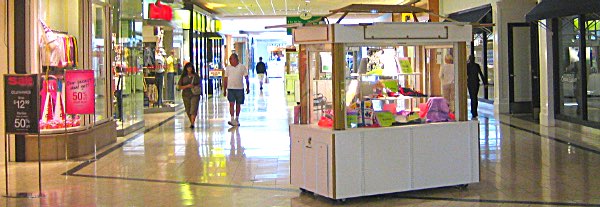- By New York State Comptroller's Office
- Business & Technology
 Print
Print 
Local sales tax collections for the first two quarters of 2019 grew at a moderate pace compared to the stronger early quarters of 2018, according to a report released Wednesday by State Comptroller Thomas P. DiNapoli. Tompkins County collected $27,266,128 in the first half of 2019, a 5.3% rise from the same period last year.
"Rising sales tax collections are very important for New York's local governments. But recently, these revenues have been growing more slowly," DiNapoli said. "These latest results should remind officials to closely watch future collections and plan accordingly."
Collections during the first and second quarters grew by 3.4 percent and 3.2 percent, respectively, over the same periods in 2018. In comparison, 2018 collections for the early quarters grew by 4.8 percent and 7.2 percent over the same periods in 2017.
Most of the economic factors that typically explain overall sales tax collections — such as wages and consumer spending — grew at a modest pace. However, a decrease in gasoline prices in the first half of 2019 caused a drop in the portion of taxes collected from the sale of motor fuels.
Most regions upstate showed weak growth. Collections in three regions — Central New York, Mohawk Valley and North Country — grew by 1.0 percent or less.
New York City's sales tax collections grew 4.3 percent, the strongest growth in the state. Outside the city, only the Southern Tier had a growth rate above the statewide average of 3.3 percent.
The weakness in 2019 growth is even more pronounced at the county level, with collections in 15 mostly upstate counties declining from the same period last year. By comparison, collections declined in only three counties in the first half of 2018 compared to the same period in 2017.
Some of the declines — including in Delaware, Hamilton and Sullivan counties — were due (at least in part) to corrections made by the Department of Taxation and Finance to collections from prior periods or late filing changes, rather than to actual declines in sales.
A number of counties along the eastern border of the state, from Putnam County to Washington County, saw fairly robust growth. Broome County had the highest year-over-year increase of 9.8 percent, followed by Seneca County (7.3 percent) and Yates County (6.8 percent).
Looking ahead, state law changes affecting local sales tax revenues are expected during the second half of 2019. The Fiscal Year 2019-20 Enacted New York State Budget cut $59 million in state funding for the Aid and Incentives for Municipalities (AIM) program by eliminating AIM payments to certain towns and villages. Instead of AIM payments, these affected municipalities will receive an equivalent amount of funding derived from what would have been county sales tax revenue. Additionally, sales tax sharing agreements between counties and the local governments within their borders may be influenced by these changes.
The State's Financial Plan predicts that the $59 million fiscal impact to county governments from these payments will be more than offset by the additional sales tax revenue generated by changes intended to increase collections on internet sales. However, this new process could affect the sales tax sharing arrangements that 46 counties have with other local governments within their borders.
v15i29




